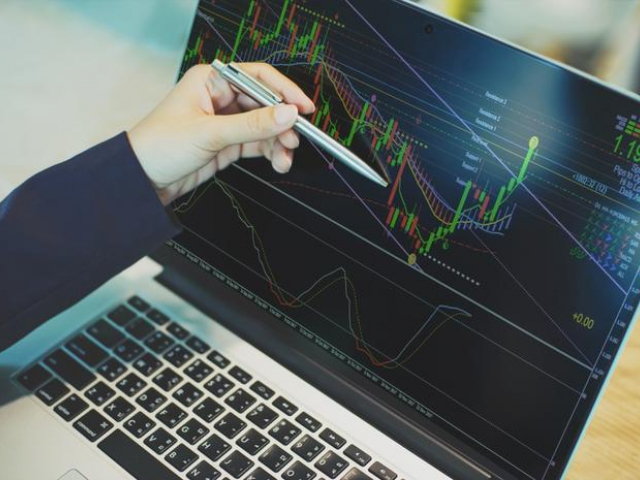
The cryptocurrency market is a relatively new phenomenon in the financial world. This type of currency is highly volatile which can bring both huge profits and significant losses. In our photo gallery, three main trading strategies are presented that will help you learn the crypto market better and be ahead of others.

Arbitrage trading
Arbitrage trading means buying an asset in one market and simultaneously selling it in another market at a higher price, thereby profiting from the temporary difference in prices. For example, on the Binance cryptocurrency exchange, the price of bitcoin is $3,400, whereas on Coinbase - $3,300. In this case, the trader can purchase cryptocurrency on Coinbase and at the same time sell bitcoins on Binance, making a profit. To make the trading more efficient and to increase its execution time, automated trading bots are used.

Fundamental analysis
Fundamental factors can provide some assistance in the trading crypto assets. Analysis of fundamental background that may affect the chosen asset can help you understand its relevance for the trade. Fundamental analysis was first proposed by Benjamin Graham, an American investor and economist, and later it was popularized by one of the most famous investors in the world, Warren Buffett.
When using this strategy, the following parameters should be taken into account: NVT (The Network Value to Transactions Ratio), crypto asset valuation and the quality of the development team. The digital currency should be acquired for at least 10 years so that the current volatility does not influence its value.

Swing trading
The crypto market is known for its high volatility: the Bitcoin price can rise by 20% just in a few hours and then fall back. Many traders use this factor in their strategies, swing trading being one of those. Using this strategy, a trader holds a position for a certain period of time (from a few days to several weeks) later trying to outline the direction of the price’s general trend. With this trading method, success mainly depends on a person’s ability to predict market movements.
 English
English 
 Русский
Русский Bahasa Indonesia
Bahasa Indonesia Bahasa Malay
Bahasa Malay ไทย
ไทย Español
Español Deutsch
Deutsch Български
Български Français
Français Tiếng Việt
Tiếng Việt 中文
中文 বাংলা
বাংলা हिन्दी
हिन्दी Čeština
Čeština Українська
Українська Română
Română
